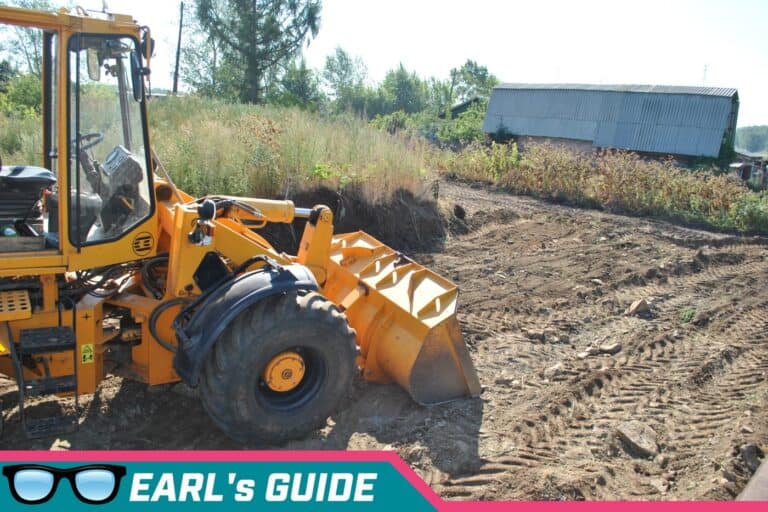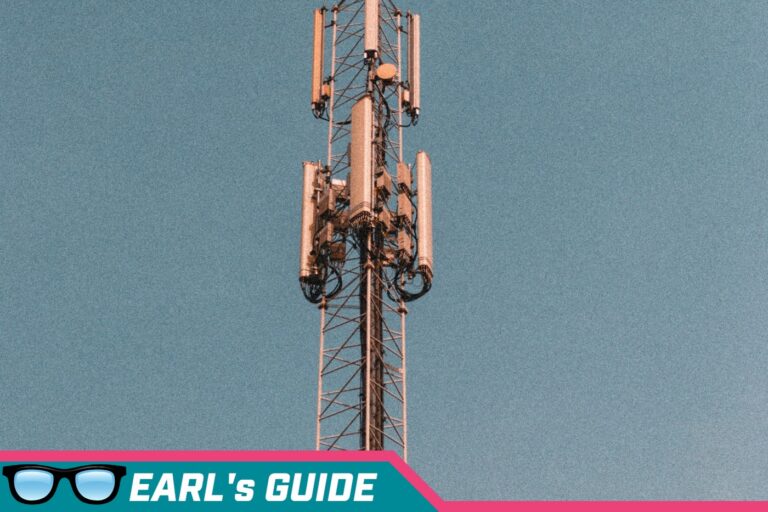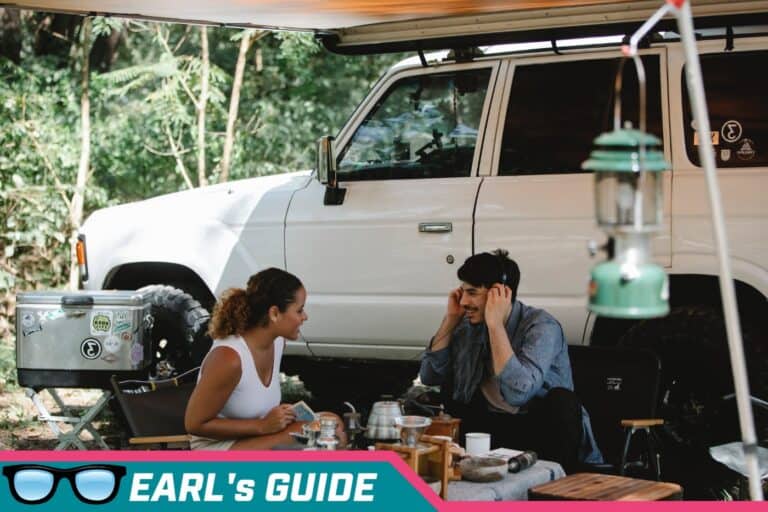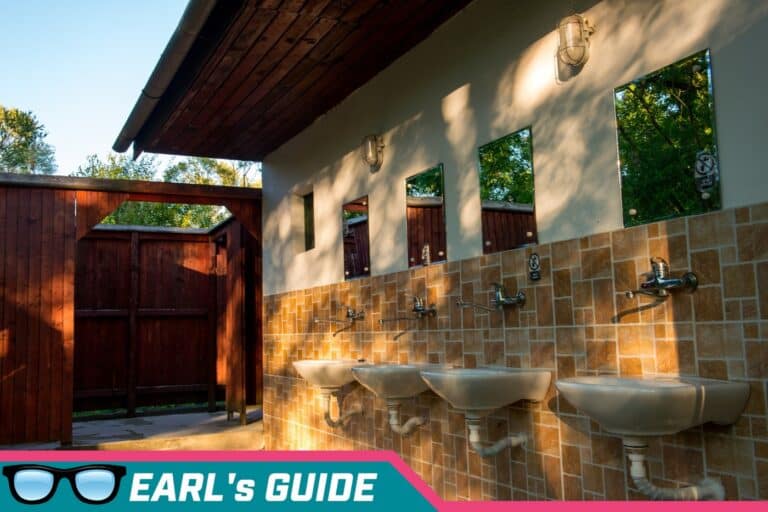Pricing Strategies for Optimal Profitability in RV Parks
For RV park owners, establishing an optimal pricing strategy is essential for profitability. Like any business, pricing too high or too low can have adverse consequences. To navigate this delicate balance, it’s vital to understand the various pricing strategies available, how they can apply to the RV park industry, and how to tailor them for optimal profitability.
1. Understand Your Costs
Before setting a price, RV park owners must understand their operating costs, which include:
- Fixed costs: These remain constant, like land taxes, salaries, and insurance.
- Variable costs: Costs that fluctuate depending on occupancy rates, such as utilities and maintenance.
Understanding these costs can set a baseline for your pricing strategy to ensure profitability.
2. Cost-Plus Pricing
This straightforward strategy involves adding a markup to your total cost to determine the price. For example, if the cost per RV space is $20, and you want a 50% profit margin, you would price it at $30.
Advantages: Ensures a consistent profit margin.
Drawbacks: Doesn’t account for market demand or competitors’ prices.
3. Competitive Pricing
Look at what other RV parks in your region are charging. Competitive pricing means setting your rates based on what the market dictates.
Advantages: Stays relevant in the competitive landscape.
Drawbacks: May lead to underpricing if your park offers unique amenities.
4. Value-Based Pricing
Here, prices are set based on the perceived value to the customer. If your RV park offers unique amenities like a heated pool, premium Wi-Fi, or themed events, you can charge a premium.
Advantages: Can command higher prices if customers perceive added value.
Drawbacks: Requires consistent delivery of premium experiences and regular value assessments.
5. Dynamic Pricing
Dynamic pricing involves adjusting prices based on current market demand. For example, during peak tourist seasons, prices may rise, while during off-peak times, they may be reduced to attract more guests.
Advantages: Maximizes revenue during high-demand periods.
Drawbacks: Requires constant market analysis and may alienate guests if not implemented transparently.
6. Tiered Pricing
Offering different prices for various levels of service can attract a broader range of customers. For instance, offer basic, premium, and luxury packages with varying amenities and services.
Advantages: Attracts diverse customer segments and maximizes revenue from premium offerings.
Drawbacks: May complicate the booking process or result in perceived inequity among guests.
7. Bundling
Combine various services into packages. For example, a week-long stay might come with free laundry services or discounted tour tickets.
Advantages: Increases perceived value and encourages longer stays.
Drawbacks: Requires careful calculation to ensure bundled services don’t diminish profitability.
8. Loyalty and Discount Pricing
Offer discounts to repeat customers or those who refer other guests. This strategy incentivizes loyalty and word-of-mouth marketing.
Advantages: Encourages repeat business and positive reviews.
Drawbacks: Must ensure discounts don’t significantly erode profit margins.
9. Psychological Pricing
Setting prices just below a round number, e.g., $29.99 instead of $30, can make prices seem lower to the consumer.
Advantages: Often results in increased sales due to consumer perception.
Drawbacks: May seem gimmicky if overused or not in line with the overall brand image.
10. Implement Regular Reviews
Market dynamics change. Regularly review and adjust your pricing strategy to remain competitive and profitable. This involves:
- Periodic cost analysis
- Guest feedback collection
- Monitoring competitors
- Evaluating occupancy rates
Conclusion
Pricing is an intricate dance for RV park owners, where understanding costs, evaluating market demand, and assessing competitive landscapes come into play. By leveraging a mix of the strategies above and continually reassessing, RV park owners can strike a balance that attracts guests while ensuring optimal profitability.
Remember, there’s no one-size-fits-all. Your unique blend of location, amenities, and customer base will determine which strategies work best for you. Regularly review and tweak your approach, stay attuned to your customers’ needs, and don’t be afraid to innovate. With the right strategy, your RV park can achieve both high occupancy rates and robust profitability.

Robert Earl
Robert EarlRobert has 20+ years of experience as a Real Estate Agent, Coach, Digital Marketer & Author, coupled with a unique expertise in professional RV Park Management. His time as an RV Park Manager has been marked by a strong ability to increase campground occupancy and revenue through strategic management and targeted marketing efforts. His dual career in online marketing and RV Park Management provides a rich perspective on success in diverse fields. Robert Earl is passionate about teaching and empowering others to pursue their dreams and create sustainable income. Whether through a career in real estate, affiliate marketing, niche blogging, or transforming campgrounds into thriving communities, his proven strategies and techniques have helped numerous individuals and businesses succeed. Based on his years of experience and knowledge in the online marketing industry, along with his hands-on management in the RV Park sector, he has crafted a unique and effective approach to personal and professional growth. In addition to his business pursuits, Robert is also a CrossFit Online Level 1 Trainer (CF-OL1) and enjoys fitness activities, including Rucking workouts while traveling the country. His multifaceted career showcases his dedication to growth, innovation, and the pursuit of excellence in various domains.






